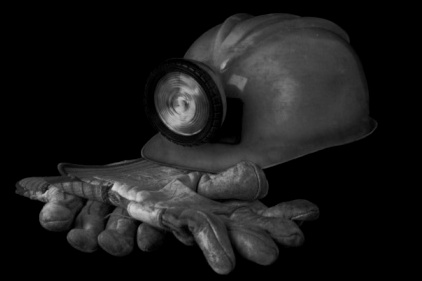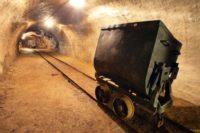 A couple of points stand out in in a blog post this week written by Joseph Main, Assistant Secretary of Labor for Mine Safety and Health.
A couple of points stand out in in a blog post this week written by Joseph Main, Assistant Secretary of Labor for Mine Safety and Health.
Writing in “Work in Progress,” the official blog of the U.S. Department of Labor, Main notes that 77,000 of the 158,000 violations issued last year by MSHA were to underground coal mines, even though these mines represent just 4 percent of all mines
The other factoid that bears examination: an analysis of MSHA’s accident reports and enforcement data for underground coal mines covering a five-year period showed that the same types of violations of health or safety standards are found by MSHA inspectors in underground coal mines every year.
“These violations present some of the most unsafe conditions for coal miners,” adds Main.
These circumstances are behind the MSHA’s final rule on Examinations of Work Areas in Underground Coal Mines for Violations of Mandatory Health or Safety Standards, which went into effect this week.
“Effective examinations are the first line of defense to protect miners working in underground coal mines,” writes Main. “When mine operators conduct such checks before and during a shift, they can address health and safety hazards before they become more dangerous and cause harm to workers.
The regulation requires mine operators to identify and correct hazardous conditions and violations of nine health and safety standards that pose the greatest risk to miners, including some of the conditions that contributed to the deadly explosion at the Upper Big Branch Mine in April 2010.
This final examination rule is expected to increase the identification and correction of unsafe conditions in mines earlier, removing many of the conditions that could lead to danger, and improve protection for miners in underground coal mines.
Click here to read the entire blog post.


